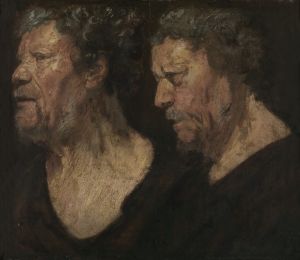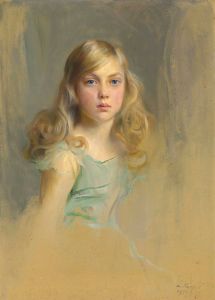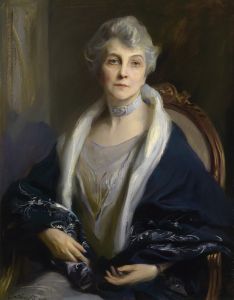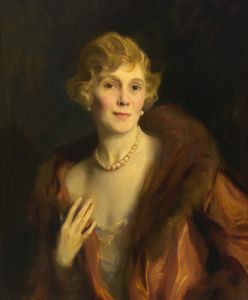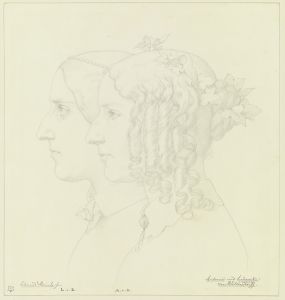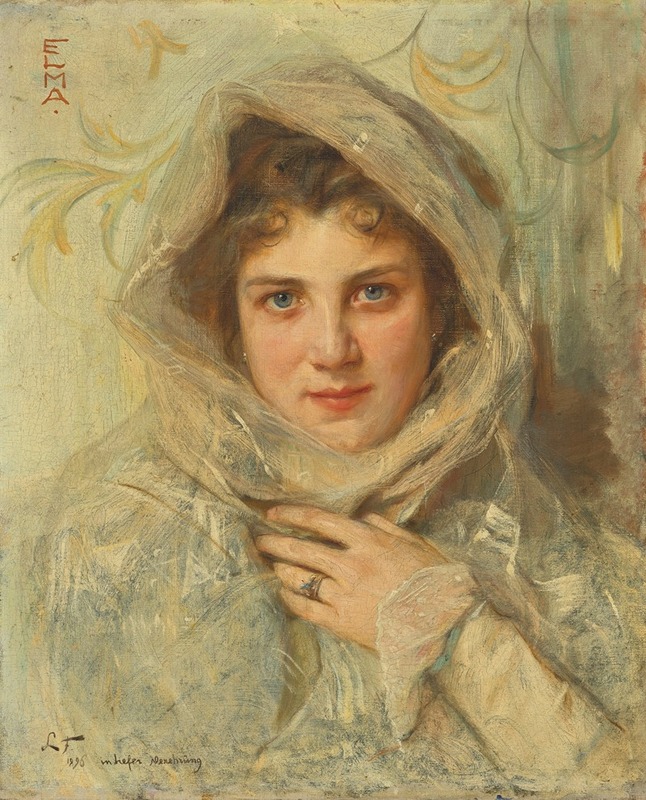
Portrait of Wilhelmine Preetorius
A hand-painted replica of Philip Alexius de László’s masterpiece Portrait of Wilhelmine Preetorius, meticulously crafted by professional artists to capture the true essence of the original. Each piece is created with museum-quality canvas and rare mineral pigments, carefully painted by experienced artists with delicate brushstrokes and rich, layered colors to perfectly recreate the texture of the original artwork. Unlike machine-printed reproductions, this hand-painted version brings the painting to life, infused with the artist’s emotions and skill in every stroke. Whether for personal collection or home decoration, it instantly elevates the artistic atmosphere of any space.
Philip Alexius de László, a renowned Anglo-Hungarian painter, is celebrated for his portraits of notable figures from the late 19th and early 20th centuries. Among his extensive body of work is the "Portrait of Wilhelmine Preetorius," a painting that exemplifies his skill in capturing the essence and character of his subjects.
Philip de László was born in Budapest in 1869 and later became a British citizen. He studied at the National Academy of Art in Budapest and further honed his craft in Munich and Paris. His career flourished as he gained commissions from royalty, aristocrats, and prominent individuals across Europe and America. De László's portraits are known for their lifelike quality, attention to detail, and the ability to convey the personality and status of the sitter.
The "Portrait of Wilhelmine Preetorius" is one of de László's many works that demonstrate his exceptional talent. Wilhelmine Preetorius, the subject of this portrait, is depicted with a sense of grace and dignity, characteristic of de László's style. The painting captures her in a poised and elegant manner, reflecting the social status and personal attributes of the sitter.
De László's technique involved a meticulous approach to capturing the likeness of his subjects. He often employed a combination of sittings and photographic references to ensure accuracy and depth in his portraits. His use of light and shadow, along with a keen eye for detail, brought a three-dimensional quality to his work, making his subjects appear almost lifelike.
The "Portrait of Wilhelmine Preetorius" is a testament to de László's ability to blend technical proficiency with artistic sensitivity. The painting showcases his mastery in rendering textures, such as the fabric of clothing and the softness of skin, as well as his skill in portraying the subtleties of expression and demeanor.
Throughout his career, de László received numerous accolades and honors for his contributions to portraiture. He was appointed a Member of the Royal Victorian Order by King Edward VII and later received the Grand Cross of the Order of Isabella the Catholic from Spain. His works are held in high esteem and can be found in prestigious collections and institutions worldwide.
The "Portrait of Wilhelmine Preetorius" remains an important piece within de László's oeuvre, reflecting both his artistic prowess and his ability to capture the essence of his subjects. It stands as a significant example of early 20th-century portraiture and continues to be appreciated for its historical and artistic value.
In summary, Philip Alexius de László's "Portrait of Wilhelmine Preetorius" is a distinguished work that highlights the artist's exceptional skill in portrait painting. Through his meticulous technique and sensitive portrayal, de László has created a lasting image that continues to be admired for its beauty and craftsmanship.





